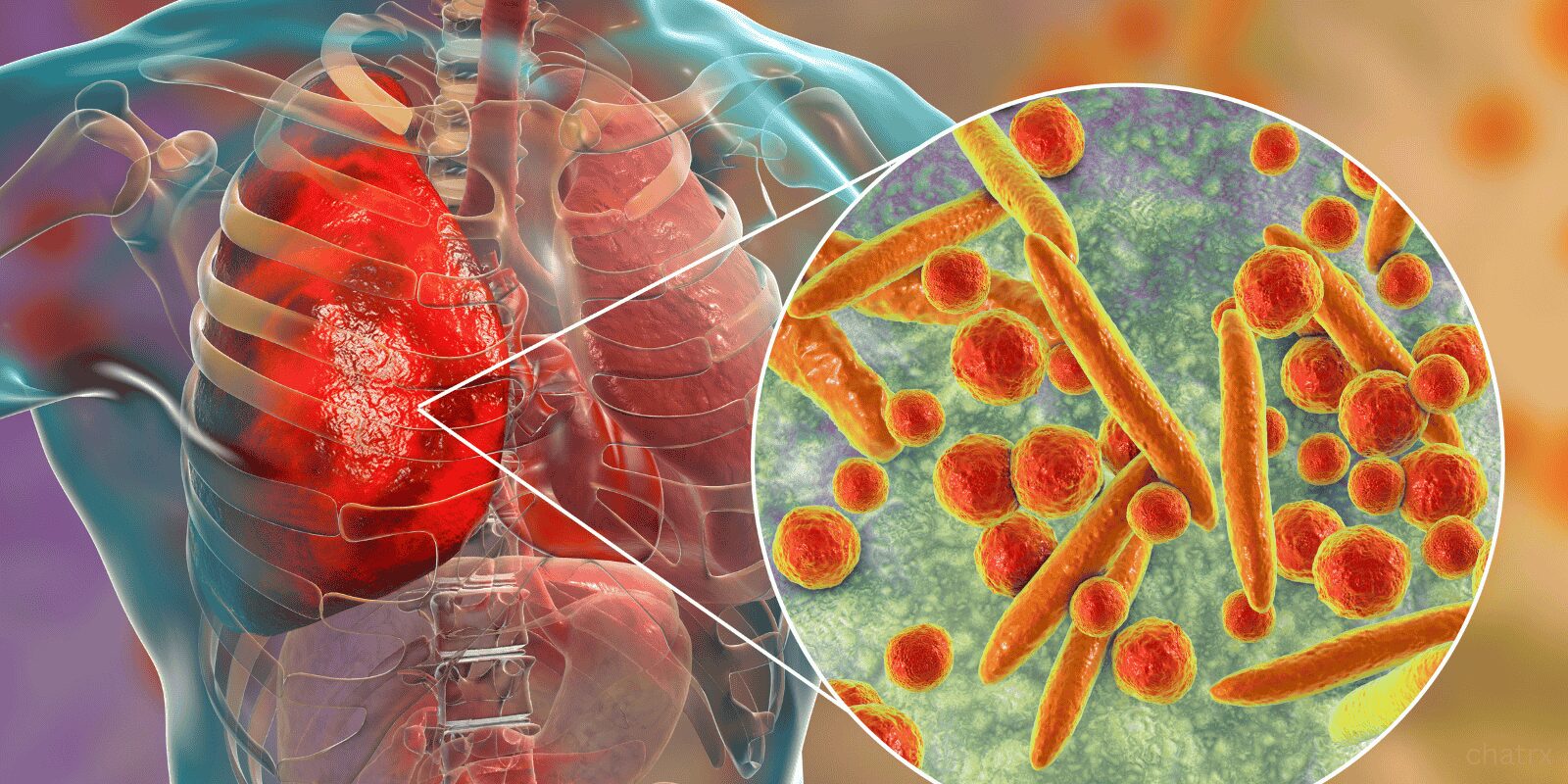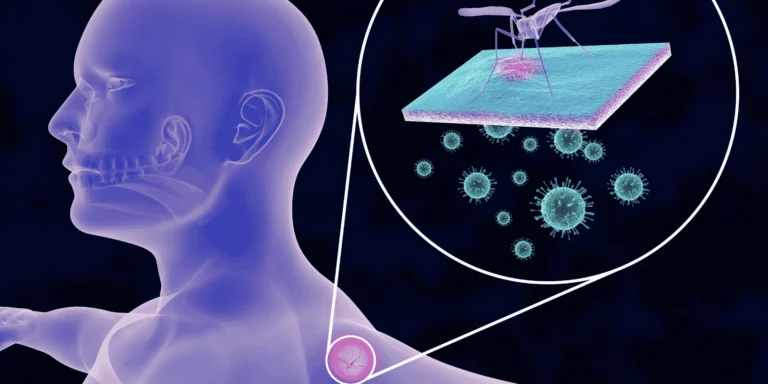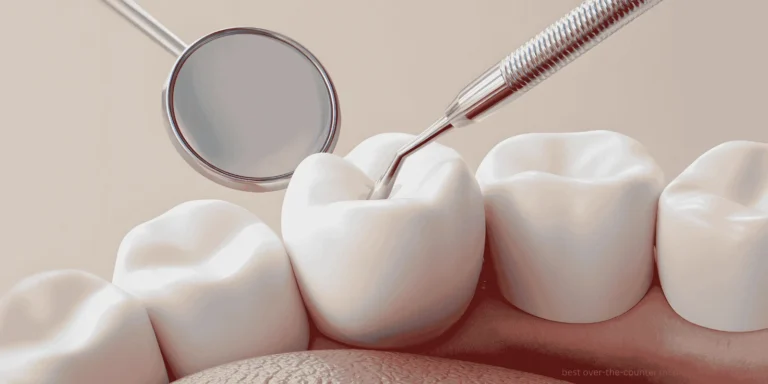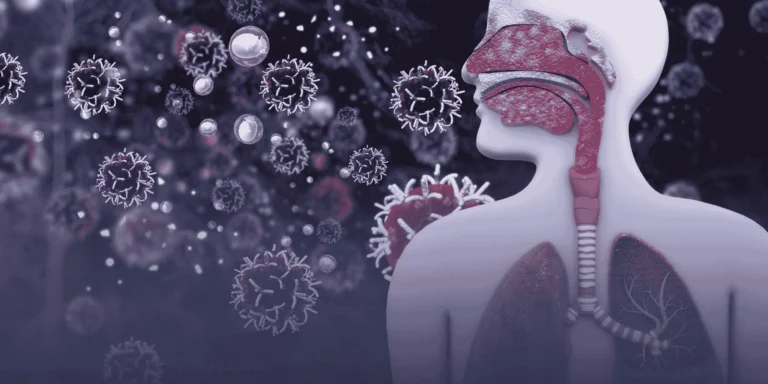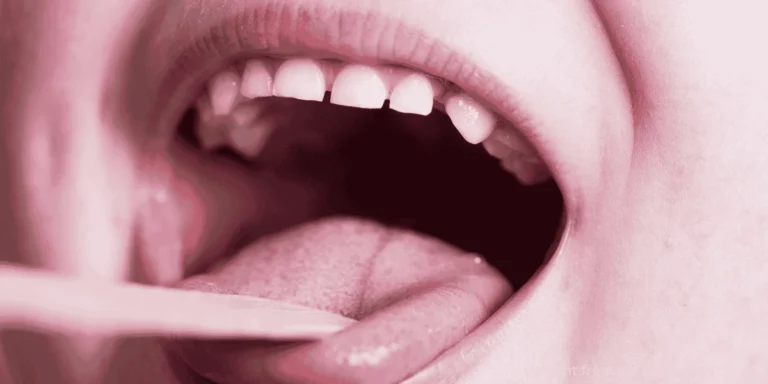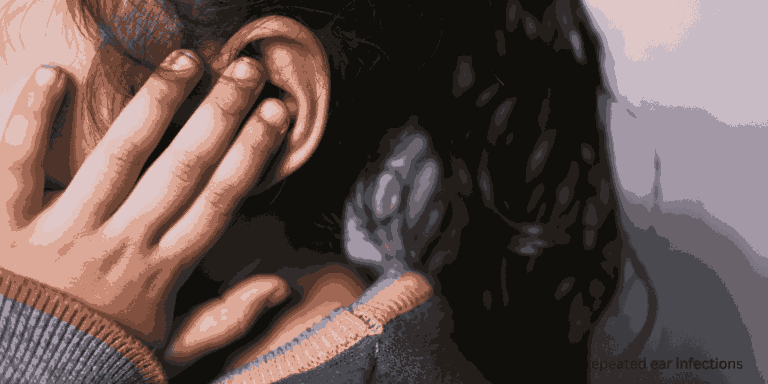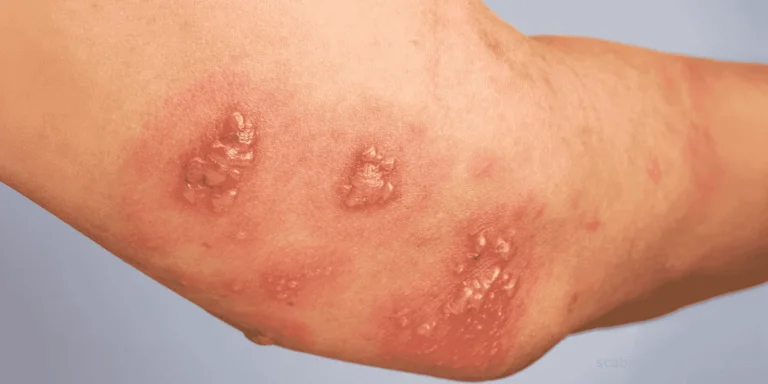Pneumonia spreads through multiple pathways depending on the causative organism, with respiratory droplets being the most common transmission route for bacterial and viral pneumonia.
Primary transmission methods:
Respiratory droplets are the primary spread mechanism for most pneumonia cases. When infected people cough, sneeze, or talk, they release droplets containing bacteria or viruses that others inhale.
Airborne transmission occurs with certain pathogens, such as tuberculosis or fungal spores, where tiny particles remain suspended in the air for extended periods.
Direct contact can spread pneumonia when touching contaminated surfaces and then touching your face, though this is less common than the respiratory routes.
Bacterial pneumonia transmission: Streptococcus pneumoniae (the most common cause) spreads through respiratory droplets from coughing or sneezing. Close contact increases transmission risk significantly.
Droplet range typically extends 3-6 feet from infected individuals, making distance and ventilation important prevention factors.
A carrier state means some people harbor pneumonia bacteria without symptoms but can still transmit to others.
Viral pneumonia transmission: Influenza pneumonia spreads easily through respiratory droplets and can remain viable on surfaces for hours.
COVID-19 pneumonia transmits through droplets and potentially airborne particles, especially in poorly ventilated spaces.
RSV pneumonia spreads readily among infants and the elderly through close contact and contaminated surfaces.
Environmental factors affecting spread: Indoor air quality and ventilation significantly impact transmission risk. Poor ventilation increases airborne particle concentration.
Humidity levels affect how long respiratory droplets remain infectious in the environment.
Crowded conditions in schools, nursing homes, or hospitals can increase transmission risk.
Seasonal patterns show increased pneumonia spread during cold months when people spend more time indoors.
Prevention strategies:
- Maintain a 6-foot distance from coughing individuals
- Wear masks in healthcare settings or around sick people
- Practice frequent hand hygiene
- Ensure good ventilation in indoor spaces
- Get pneumococcal and flu vaccinations
High-risk exposure situations:
- Healthcare settings
- Nursing homes or assisted living
- Crowded public transportation
- Households with infected family members
When transmission risk is highest: Infected individuals are most contagious during the first 2-3 days of symptoms when bacterial or viral loads are highest.
ChatRx can help evaluate your condition and determine if antibiotic treatment is appropriate if you’ve been exposed to someone with pneumonia and develop respiratory symptoms.

